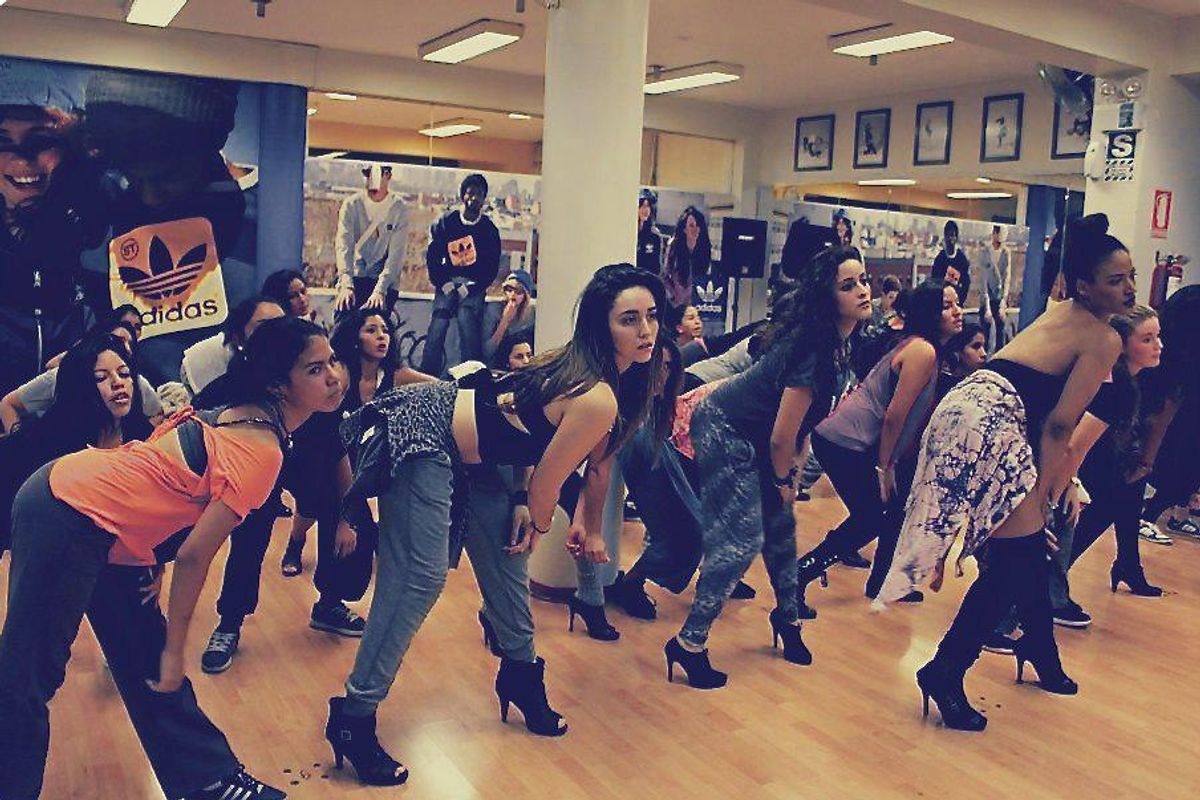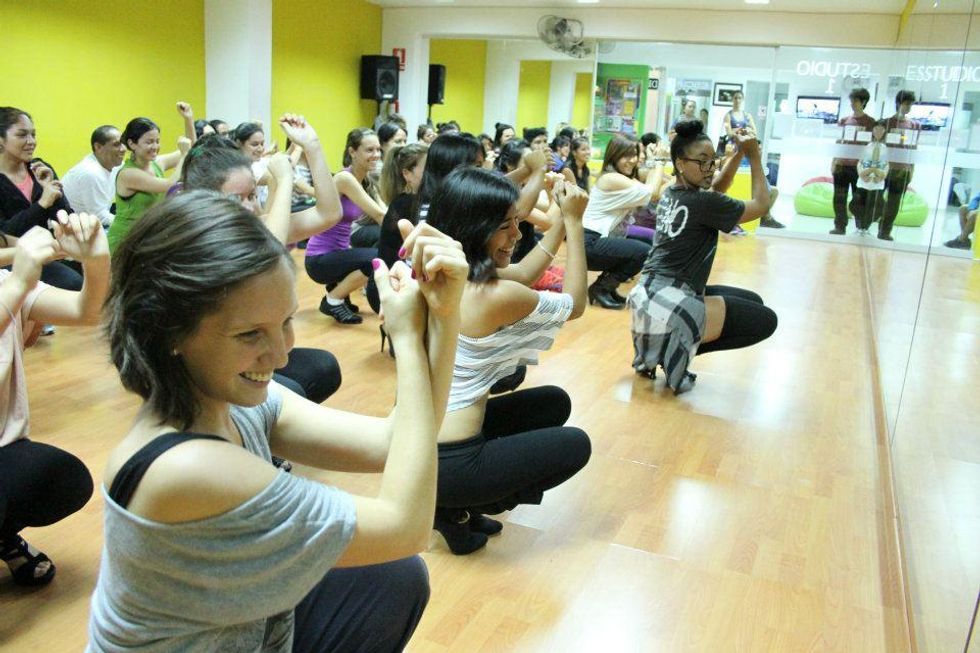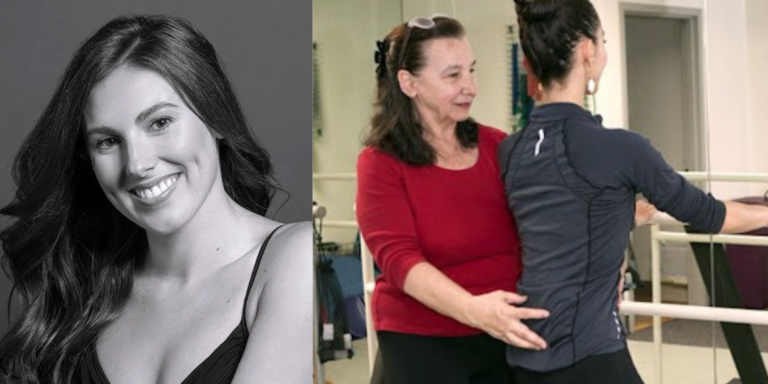
Voguing will help any dancer sharpen her attention to detail and develop a confident performance quality. In this style, face-framing arm and hand movements are layered on top of different walks. House of Ninja founding member Archie Burnett likes to have students face the mirror and runway-walk forward, emphasizing clarity in every position. Here, he shows a basic phrase with sharp lines and angles. For each new arm position, take a step forward, crossing your legs at the thighs.
Voguing is often performed while wearing heels. Here are two tips to get you grooving comfortably atop stilettos:
Add a Little Prep to Your Step
Moving comfortably in heels requires serious balance and a whole lot of core strength. “Dancers have to be able to hold their relevé and keep their core tight,” says Shirlene Quigley, who teaches Stiletto Heels classes at Broadway Dance Center and Peridance in New York City. “You have to be able to stand in a heel before you can dance in a heel.”
When Quigley was learning to dance in heels, her teacher had her stand in her heels with one foot on the ground and the other balancing on top of a piano for up to 15 minutes. “It got me used to standing on a heel,” she says. “After that I could try to walk, and then turn.” She suggests lots of plank exercises to start readying dancers’ cores for heel work.
 Shirlene Quigly (right) has toured with Beyoncé. Photo courtesy of Quigly.
Shirlene Quigly (right) has toured with Beyoncé. Photo courtesy of Quigly.
Work the Warm-Up
Warm-up should be done before putting heels on. Dana Foglia (DT, October 2015), who teaches a seven-day high-heel intensive in L.A. and New York City, begins classes with a full-body warm-up, plus drills where the dancers do all their movements in relevé, shoes off. “It’s extremely difficult, but it helps the dancers understand how important it is to pull up in their core and keep their weight on the balls of their feet,” she says. Quigley begins her classes with barefoot lunges, sit-ups and a series of balancing exercises, followed by a full-body stretch, focusing on the neck and calves. Sometimes she’ll also include across-the-floor work in heels, such as battements, sassy jazz walks or other technical work. Beware that the pace of class doesn’t go too fast, which can encourage dancers to rush through the movements—making them more likely to turn an ankle or fall. The pace should be significantly slower than in a typical jazz or hip-hop class.
Barrett pays extra attention to students’ body alignment during class. “You don’t want their ribs pushing forward or their butts arching back,” she says.




